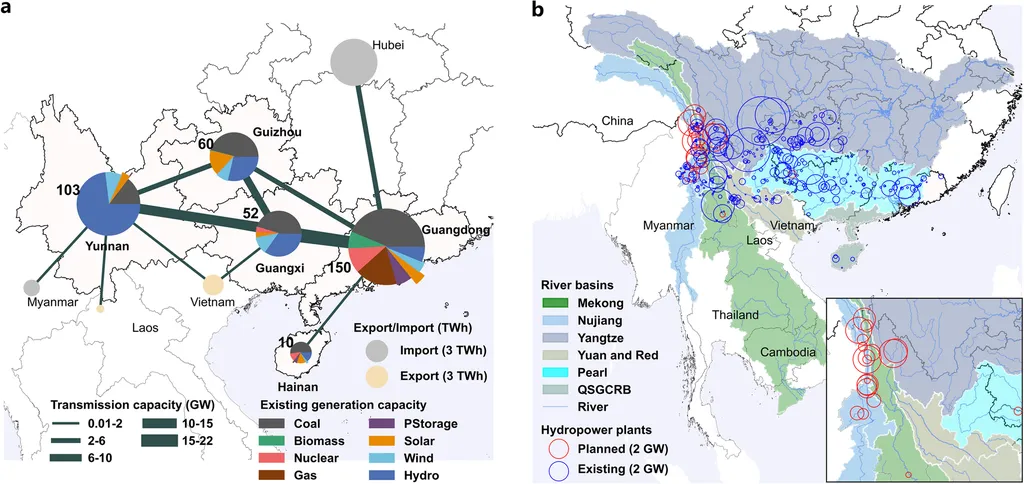In the rapidly evolving landscape of renewable energy integration, a groundbreaking study led by Mingkang Wu from the State Key Laboratory of HVDC at the Electric Power Research Institute, China Southern Power Grid, is set to redefine how photovoltaic (PV) stations operate within modern power grids. Published in the journal *Energies*, the research addresses critical challenges in multi-inverter synchronization and dynamic power allocation, offering a novel framework that could enhance power system stability and efficiency.
As PV systems become increasingly prevalent in power grids, the limitations of centralized communication architectures—high latency and poor scalability—have become apparent. Wu and his team propose a distributed communication-based framework that integrates multi-inverter synchronization and dynamic power allocation, enabling rapid power regulation at millisecond timescales. This decentralized approach eliminates the need for centralized controllers, a significant advancement in the field.
“The existing centralized systems often struggle with real-time coordination, especially as the number of inverters grows,” explains Wu. “Our framework leverages decentralized control logic to achieve seamless synchronization, ensuring that PV stations can respond swiftly to grid demands.”
At the heart of this innovation is a dynamic power allocation algorithm that optimizes active power distribution across inverters while minimizing transient overshoot. This adaptive droop characteristic ensures that power is allocated efficiently, reducing the risk of instability during rapid power fluctuations. Experimental validation has confirmed the efficacy of this architecture, demonstrating its operational advantages over traditional methods.
The implications for the energy sector are profound. As power grids continue to integrate more renewable energy sources, the ability to synchronize and control multi-inverter clusters with precision becomes paramount. Wu’s research offers a scalable and efficient solution that could enhance grid stability, reduce energy losses, and improve overall system performance.
“This research is a game-changer for the renewable energy sector,” says a senior engineer at a leading energy company. “The ability to dynamically allocate power and synchronize inverters in real-time will not only improve grid reliability but also pave the way for more ambitious renewable energy targets.”
As the energy sector continues to evolve, the findings from Wu’s study are likely to shape future developments in PV station management and grid integration. By addressing the challenges of centralized communication architectures, this research opens new avenues for innovation and efficiency in the renewable energy landscape. The study, published in *Energies*, underscores the importance of distributed communication and decentralized control in achieving a more stable and sustainable energy future.

